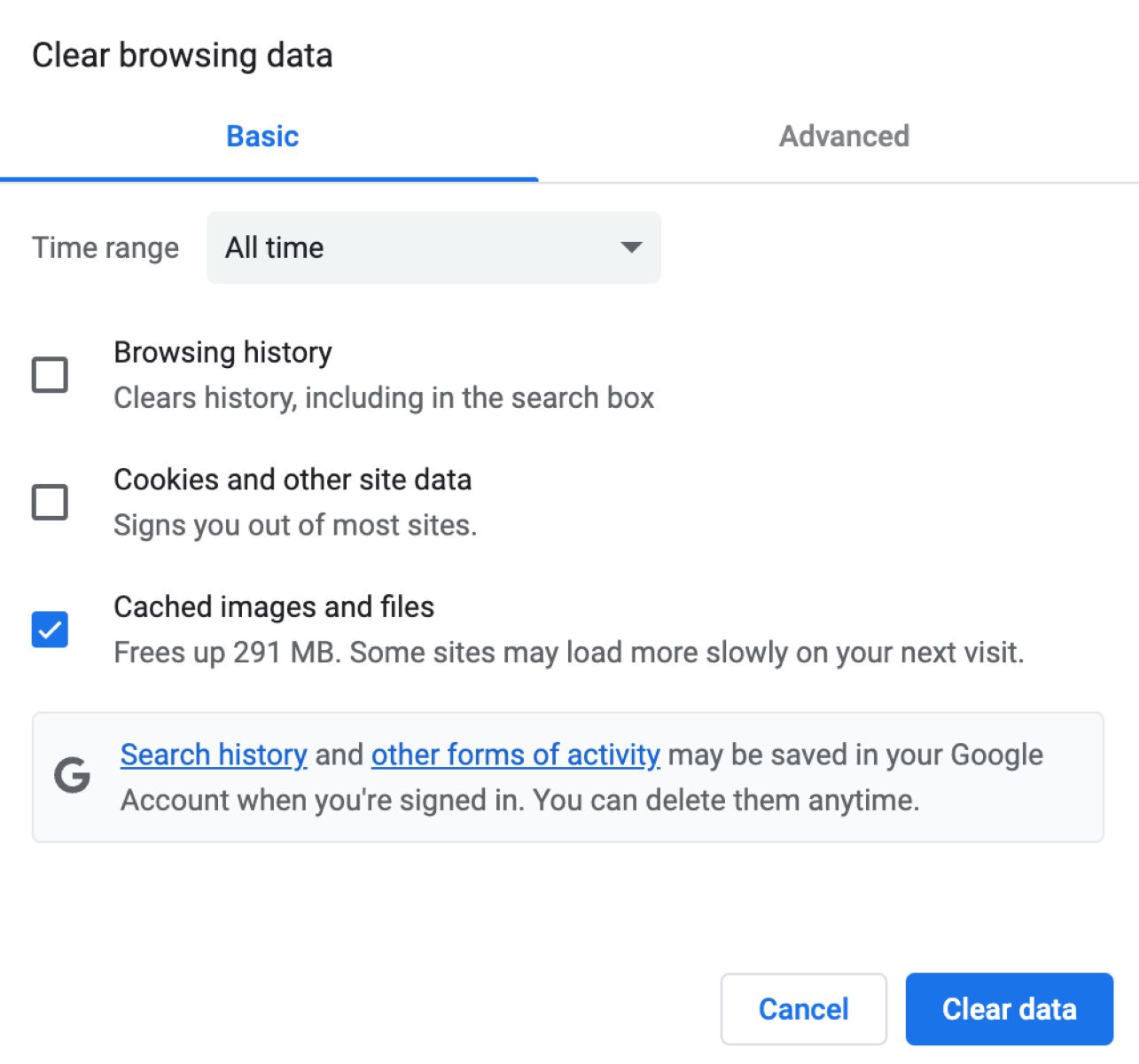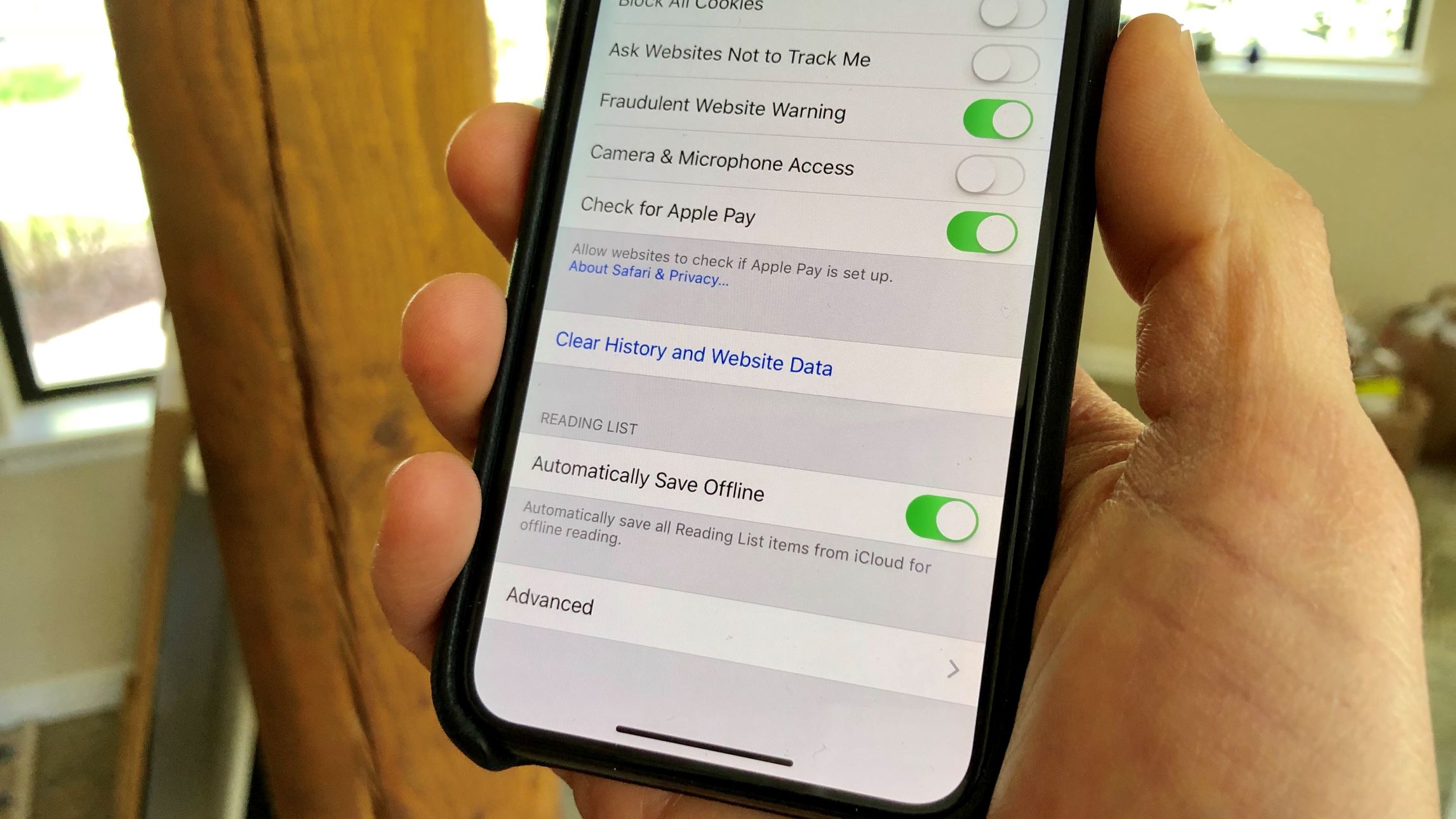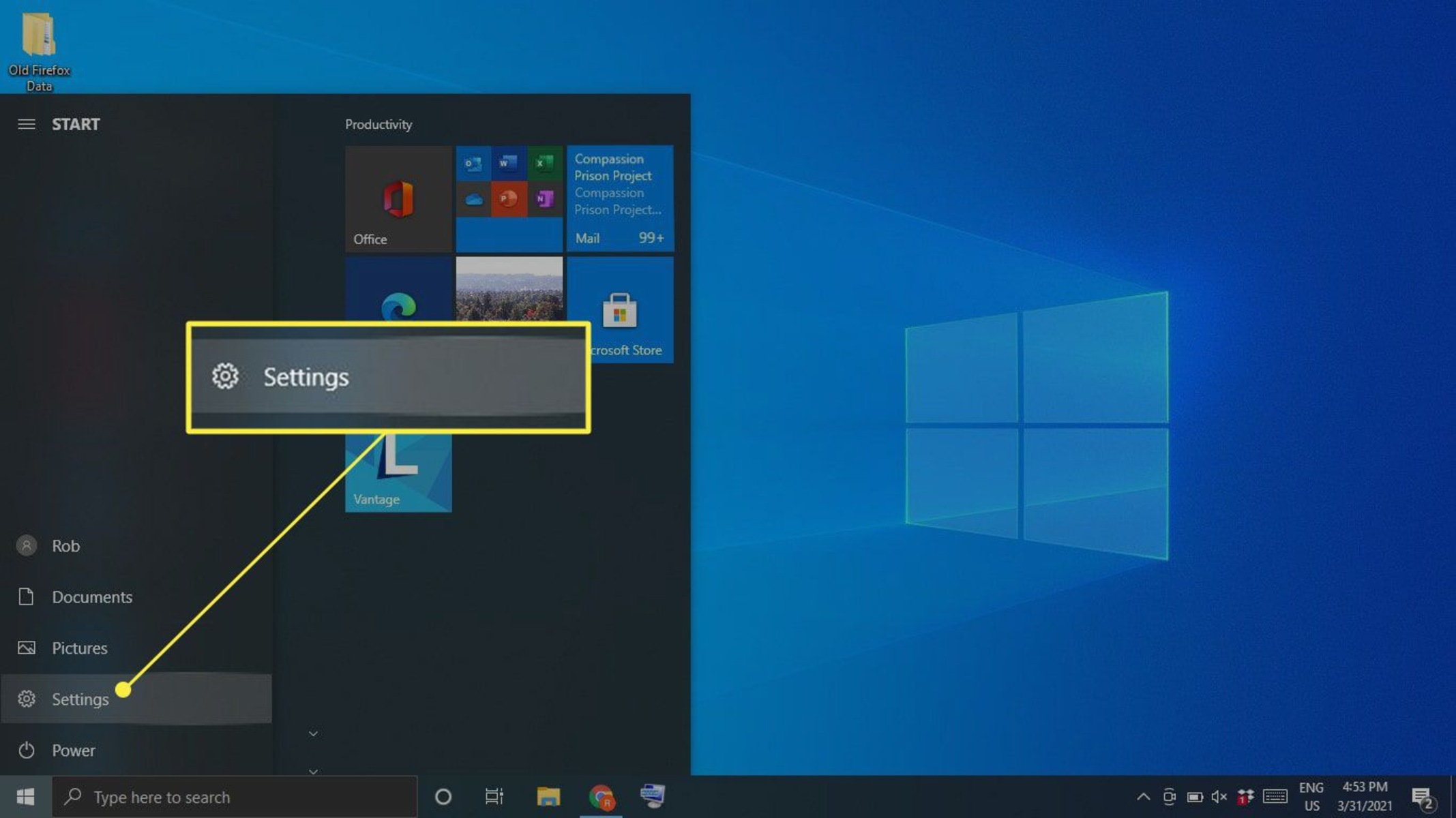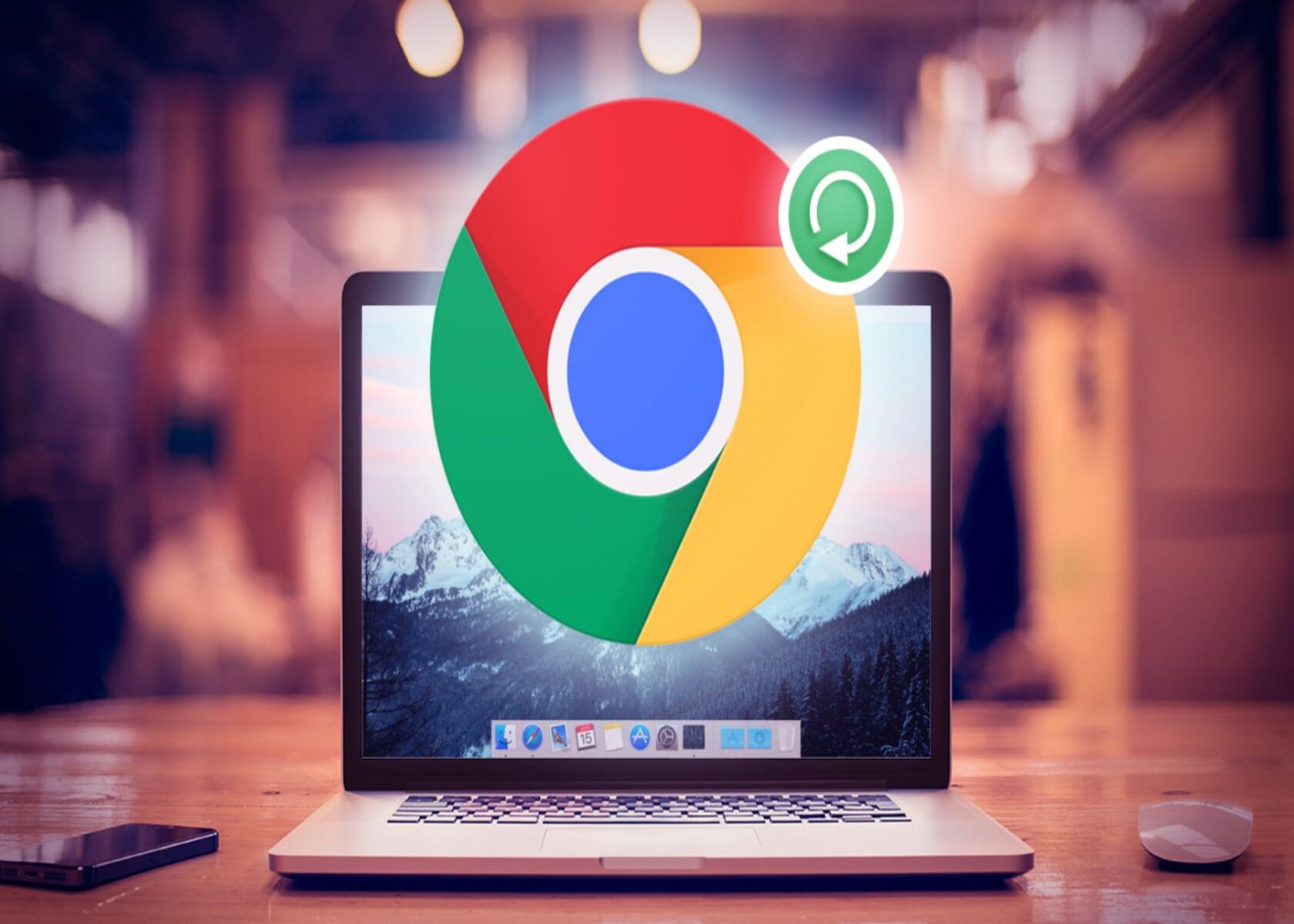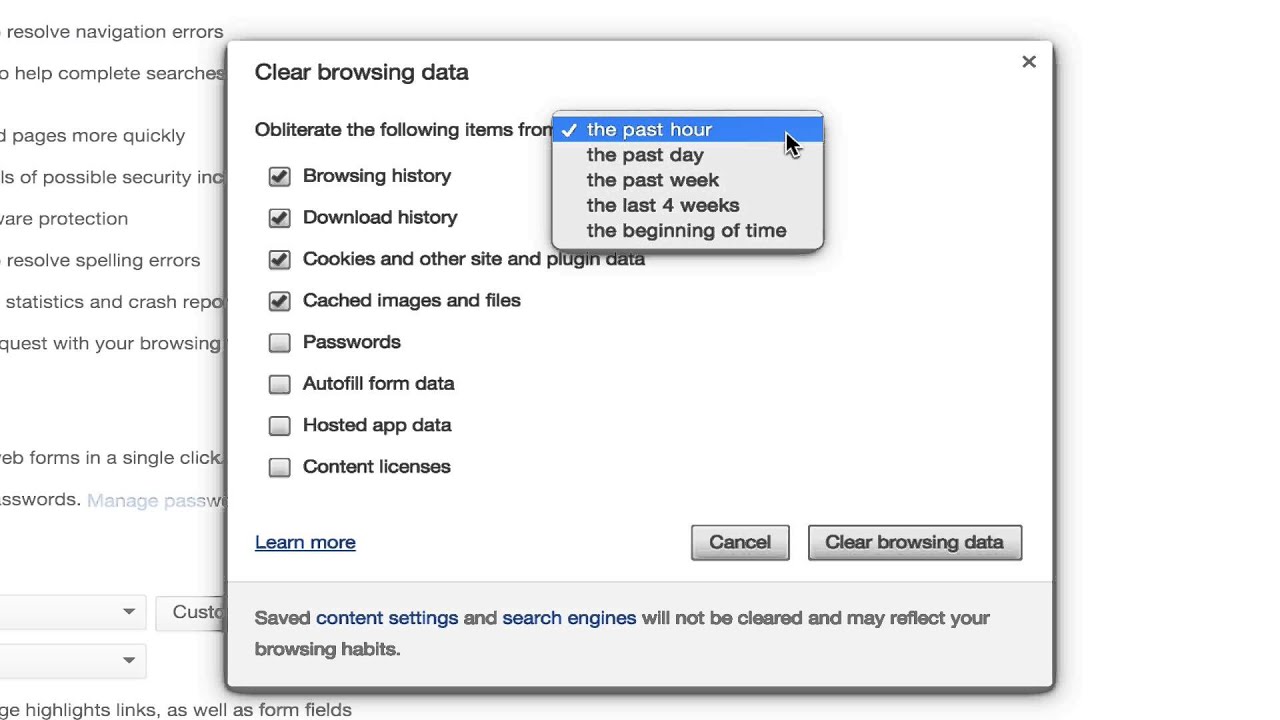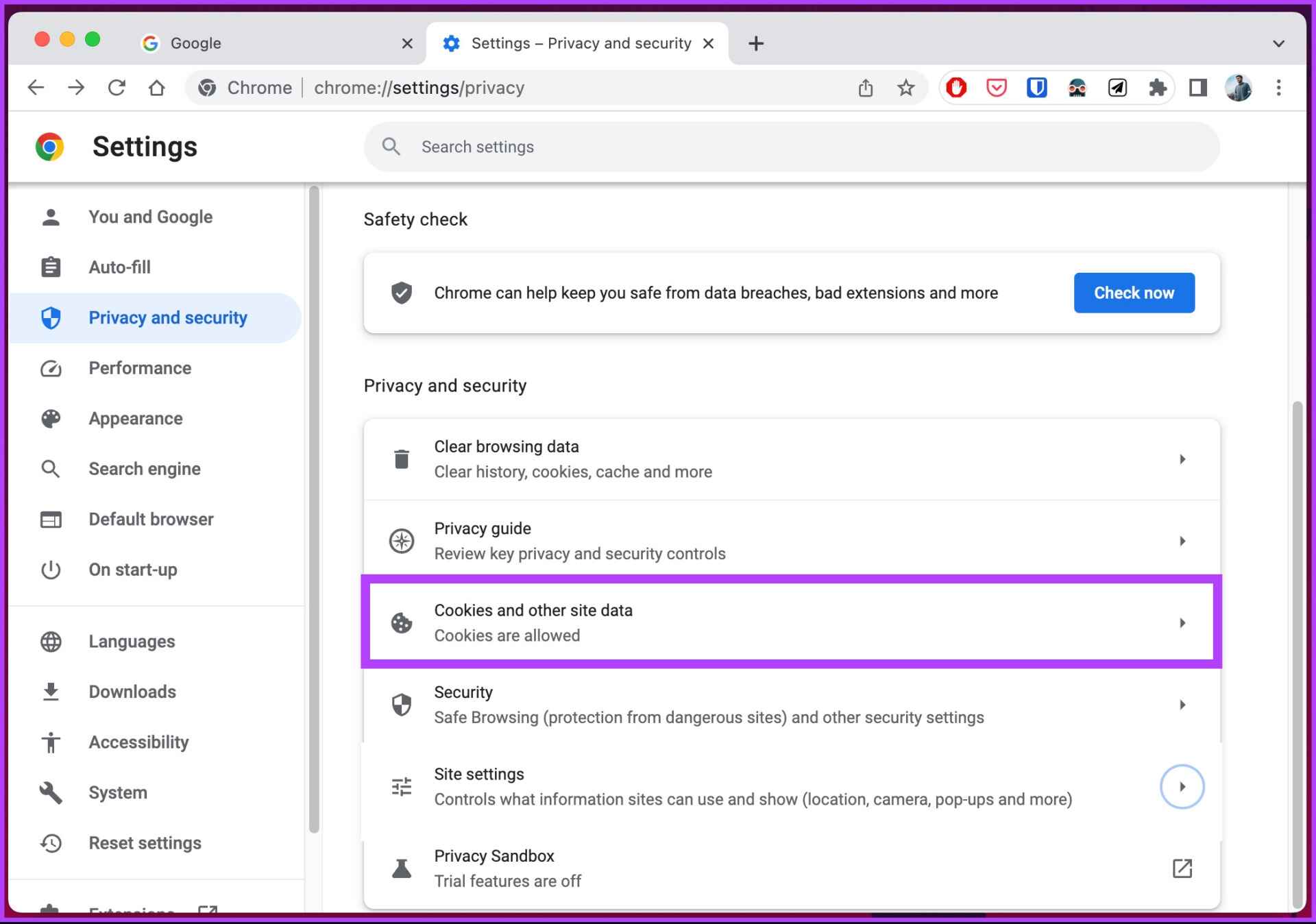Introduction
Welcome to the digital age, where browsing the internet has become an integral part of our daily lives. As we navigate through numerous websites and pages, our browsers store a variety of data to improve our browsing experience. One of the essential elements that our browsers save is the cache, which includes files like images, scripts, and stylesheets. While browser caching has its benefits, there are times when it is necessary to clear the cache.
In this article, we will explore what browser cache is and why it is important to clear it regularly. We will also provide step-by-step instructions on how to clear the browser cache on popular web browsers like Google Chrome, Mozilla Firefox, Apple Safari, Microsoft Edge, Opera, and Internet Explorer.
Clearing your browser cache has several advantages. It helps to improve website loading times, eliminate potential display issues or errors caused by outdated cached files, and ensure that you can access the most up-to-date version of a website. By regularly clearing your cache, you can enjoy a faster and smoother browsing experience.
Whether you are experiencing slow page load times, encountering display problems on specific websites, or simply want to ensure you are accessing the most recent content, clearing your browser cache can be a simple and effective solution. Join us as we delve into the various methods for clearing your cache on different web browsers.
What is browser cache?
Before we dive into the process of clearing the browser cache, let’s take a moment to understand what it actually is. When you visit a website, your browser stores various types of files associated with that site. These files can include HTML pages, CSS stylesheets, JavaScript files, images, and more.
The purpose of storing these files in the browser’s cache is to improve the browsing experience for subsequent visits to the same website. When you revisit a previously visited website, your browser can retrieve the stored files from the cache instead of downloading them again from the server. This not only saves time but also reduces the amount of data transfer required, resulting in faster page loading times.
Cache files are stored locally on your computer or device, allowing your browser to access them quickly. However, as you continue to browse the internet, the cache can become filled with outdated or unnecessary files. This can potentially lead to issues such as pages not loading correctly, images not displaying properly, or even security concerns if outdated files contain vulnerabilities.
Clearing your browser cache effectively removes these stored files and forces your browser to download fresh copies of the website’s files, ensuring that you have the most up-to-date version of the site. It also helps resolve website display issues that may arise due to outdated or conflicting cached files.
It is important to note that clearing the browser cache does not delete any personal information like passwords or browsing history. It only removes the temporary files stored in the cache folder.
Now that we have a better understanding of browser cache, let’s explore why it is important to clear it regularly to maintain optimal browsing performance.
Why should I clear my browser cache?
Clearing your browser cache on a regular basis offers several benefits that can enhance your browsing experience and ensure that you’re accessing the most up-to-date content. Let’s explore some of the key reasons why clearing your browser cache is important:
1. Improved website loading times: Over time, as you browse the internet, your browser cache accumulates a large number of files. These files can become outdated or corrupted, resulting in slower loading times for websites. By clearing your cache, you remove these outdated files, allowing your browser to download fresh copies and improve page loading speed.
2. Refined website display: Cached files can sometimes conflict with updated website designs or structures. This can lead to display issues, such as images not loading or the layout appearing distorted. Clearing the cache ensures that your browser retrieves the latest versions of the files, eliminating any potential conflicts and ensuring that websites display as intended.
3. Accessing the latest content: Websites are frequently updated with new information and features. By clearing your cache, you guarantee that your browser fetches the most recent content from the server instead of relying on outdated cached files. This is particularly important for time-sensitive information or websites that frequently update their content.
4. Resolving website errors: In some cases, cached files can lead to errors or conflicts that prevent websites from functioning correctly. These errors may range from broken links to missing elements or even functionality issues. Clearing the cache can help resolve these errors by ensuring that your browser downloads fresh, error-free files.
5. Security and privacy: Cached files can potentially pose security risks if they contain outdated information or vulnerabilities. Clearing the cache helps protect your online security by ensuring that your browser doesn’t inadvertently present you with outdated or compromised files. Additionally, it helps safeguard your privacy by removing any traces of your browsing activity that may be stored in the cache.
All in all, regularly clearing your browser cache is a simple yet effective way to optimize your browsing experience. By removing outdated files and accessing the most up-to-date content, you can enjoy faster page loading times, seamless website display, and enhanced security and privacy. Now that you understand the importance of clearing your cache, let’s proceed to the next section, where we will explore how to clear the browser cache on popular web browsers.
How to clear browser cache on Google Chrome
If you are using Google Chrome as your preferred web browser, follow the steps below to clear the cache:
- Open Google Chrome on your computer.
- Click on the three vertical dots in the top-right corner of the browser window to access the Chrome menu.
- In the dropdown menu, hover over “More tools” and then select “Clear browsing data”.
- A new tab will open with the title “Clear browsing data”. You can also press the shortcut key combination “Ctrl + Shift + Delete” to directly open this tab.
- On the “Clear browsing data” tab, you can choose the time range for which you want to clear the cache. You can select options like “Last hour”, “Last 24 hours”, “Last 7 days”, or “All time” depending on your preference.
- Ensure that the checkbox next to “Cached images and files” is selected. You can also select other items like browsing history, cookies, and more if you want to clear them as well.
- Click on the “Clear data” button to initiate the cache clearing process.
Once the cache is cleared, you can close the tab or continue browsing as usual. Google Chrome will now fetch fresh copies of files from websites you visit, improving your browsing experience and ensuring you have the latest content.
Note: Clearing the cache in Google Chrome does not delete your browsing history or any saved passwords. It only removes the temporary files stored in the cache folder.
Now that you know how to clear the cache in Google Chrome, let’s move on to the next section where we will discuss how to clear the browser cache on Mozilla Firefox.
How to clear browser cache on Mozilla Firefox
If you are using Mozilla Firefox as your preferred web browser, follow the steps below to clear the cache:
- Open Mozilla Firefox on your computer.
- Click on the three horizontal lines in the top-right corner of the browser window to open the Firefox menu.
- In the dropdown menu, click on “Options”.
- In the left-hand sidebar of the Options page, click on “Privacy & Security”.
- Scroll down to the “Cookies and Site Data” section.
- Click on the “Clear Data” button.
- In the dialog box that appears, make sure the checkbox next to “Cached Web Content” is selected. You can also choose to clear other types of data like cookies and browsing history if desired.
- Click on the “Clear” button to initiate the cache clearing process.
Once the cache is cleared, you can close the options tab or continue browsing as usual. Mozilla Firefox will now fetch fresh copies of files from websites you visit, ensuring a smooth browsing experience with the latest content.
Remember that clearing the cache in Mozilla Firefox does not delete your browsing history or any saved passwords. It only removes the temporary files stored in the cache folder.
Now that you know how to clear the cache in Mozilla Firefox, let’s move on to the next section where we will discuss how to clear the browser cache on Apple Safari.
How to clear browser cache on Apple Safari
If you are using Apple Safari as your preferred web browser, follow the steps below to clear the cache:
- Open Safari on your Mac computer.
- In the top menu bar, click on “Safari” and then select “Preferences”.
- In the Preferences window, click on the “Privacy” tab.
- Click on the “Manage Website Data” button.
- A new dialog box will appear with a list of websites and data stored by Safari.
- You can search for specific websites using the search bar or scroll through the list to find the ones you want to remove.
- Click on “Remove All” to delete all the cached data or select individual websites and click on “Remove” to delete data for specific sites.
- Click “Done” to close the dialog box.
Once the cache is cleared, you can close the Preferences window or continue browsing as usual. Apple Safari will now fetch fresh copies of files from websites you visit, ensuring a fast and up-to-date browsing experience.
Remember that clearing the cache in Apple Safari does not delete your browsing history or any saved passwords. It only removes the temporary files stored in the cache folder.
Now that you know how to clear the cache in Apple Safari, let’s move on to the next section where we will discuss how to clear the browser cache on Microsoft Edge.
How to clear browser cache on Microsoft Edge
If you are using Microsoft Edge as your preferred web browser, follow the steps below to clear the cache:
- Open Microsoft Edge on your computer.
- Click on the three horizontal dots in the top-right corner of the browser window to open the Edge menu.
- In the dropdown menu, click on “Settings”.
- In the left-hand sidebar of the Settings page, click on “Privacy, search, and services”.
- Scroll down to the “Clear browsing data” section.
- Click on the “Choose what to clear” button.
- In the checkboxes that appear, make sure the box next to “Cached images and files” is selected. You can also choose to clear other types of data like cookies and browsing history if desired.
- Click on the “Clear” button to initiate the cache clearing process.
Once the cache is cleared, you can close the settings tab or continue browsing as usual. Microsoft Edge will now fetch fresh copies of files from websites you visit, ensuring a seamless browsing experience with the latest content.
It’s important to note that clearing the cache in Microsoft Edge does not delete your browsing history or any saved passwords. It only removes the temporary files stored in the cache folder.
Now that you know how to clear the cache in Microsoft Edge, let’s move on to the next section where we will discuss how to clear the browser cache on Opera.
How to clear browser cache on Opera
If you are using Opera as your preferred web browser, follow the steps below to clear the cache:
- Open Opera on your computer.
- Click on the Opera logo in the top-left corner of the browser window to open the Opera menu.
- In the dropdown menu, hover over “History” and then select “Clear browsing data”.
- A new tab will open with the title “Clear browsing data”. You can also press the shortcut key combination “Ctrl + Shift + Delete” to directly open this tab.
- On the “Clear browsing data” tab, you can choose the time range for which you want to clear the cache. You can select options like “Last hour”, “Last 24 hours”, “Last 7 days”, or “All time” depending on your preference.
- Ensure that the checkbox next to “Cached images and files” is selected. You can also select other items like browsing history, cookies, and more if you want to clear them as well.
- Click on the “Clear data” button to initiate the cache clearing process.
Once the cache is cleared, you can close the tab or continue browsing as usual. Opera will now fetch fresh copies of files from websites you visit, ensuring a smooth browsing experience with the latest content.
Note: Clearing the cache in Opera does not delete your browsing history or any saved passwords. It only removes the temporary files stored in the cache folder.
Now that you know how to clear the cache in Opera, let’s move on to the next section where we will discuss how to clear the browser cache on Internet Explorer.
How to clear browser cache on Internet Explorer
If you are using Internet Explorer as your preferred web browser, follow the steps below to clear the cache:
- Open Internet Explorer on your computer.
- Click on the gear icon in the top-right corner of the browser window to open the Tools menu.
- In the dropdown menu, click on “Internet options”.
- A new window will appear with several tabs. Navigate to the “General” tab.
- Under the “Browsing history” section, click on the “Delete” button.
- In the dialog box that appears, make sure the checkbox next to “Temporary Internet files and website files” is selected. You can also choose to clear other types of data like cookies and browsing history if desired.
- Click on the “Delete” button to initiate the cache clearing process.
- Once the process is complete, click on the “OK” button to close the Internet Options window.
Once the cache is cleared, you can close Internet Explorer or continue browsing as usual. Internet Explorer will now fetch fresh copies of files from websites you visit, ensuring a seamless browsing experience with the latest content.
Remember that clearing the cache in Internet Explorer does not delete your browsing history or any saved passwords. It only removes the temporary files stored in the cache folder.
Now that you know how to clear the cache in Internet Explorer, you have a range of options to choose from when it comes to managing your browser cache. Regularly clearing the cache can help optimize your browsing experience and ensure you’re accessing the most up-to-date content on the web.
How often should I clear my browser cache?
The frequency at which you should clear your browser cache often depends on your browsing habits and preferences. While clearing the cache periodically is beneficial, there isn’t a one-size-fits-all answer to how often it should be done. However, there are a few factors to consider:
1. Browsing frequency: If you browse the internet heavily, visiting multiple websites and engaging in various online activities regularly, you may want to clear your cache more frequently. This helps ensure that you have access to the latest versions of websites and reduces the chances of encountering display or functionality issues due to outdated cached files.
2. Website updates: If you frequently visit websites that frequently update their content, it may be beneficial to clear the cache more often. Websites that rely on dynamic content, such as news platforms or e-commerce sites, often update their pages with new articles, products, or promotions. Clearing the cache allows you to see these updates immediately without relying on outdated files.
3. Device and storage limitations: If you have limited storage space on your device or are using a shared computer, regularly clearing the cache can help free up some space. Temporary files stored in the cache can accumulate over time and take up valuable storage. Clearing the cache periodically helps maintain optimal device performance and storage capacity.
4. Troubleshooting: If you encounter website display issues, errors, or performance problems, clearing the cache can be an effective troubleshooting step. Outdated or corrupted cached files can sometimes interfere with website functionality. Clearing the cache allows your browser to fetch fresh copies of the files, often resolving these issues.
In general, clearing your browser cache every few weeks or once a month is a good practice. This timeframe strikes a balance between ensuring that you have access to the most up-to-date content and not frequently interrupting your browsing experience. However, feel free to adjust this timeframe based on your individual needs and preferences.
Remember that clearing the cache only removes temporary files and does not delete other browser data like browsing history or saved passwords. It specifically targets cached files that your browser uses to enhance website loading times.
Now that you understand how often you should clear your browser cache, you can establish a routine that suits your browsing habits and helps maintain a smooth and efficient browsing experience.
Conclusion
Clearing your browser cache is a simple yet powerful way to optimize your browsing experience. By removing outdated and unnecessary files from your cache, you can ensure faster page loading times, resolve display issues, access the latest content, and enhance your online privacy and security.
In this article, we explored what browser cache is and why it is important to clear it regularly. We provided step-by-step instructions on how to clear the cache on popular web browsers like Google Chrome, Mozilla Firefox, Apple Safari, Microsoft Edge, Opera, and Internet Explorer.
Remember that clearing the cache is a straightforward process that varies slightly depending on the browser you are using. By following the instructions provided, you can easily clear your cache and enjoy a smoother browsing experience.
Additionally, we discussed how often you should clear your browser cache. While there isn’t a set frequency that applies to everyone, considering factors such as your browsing habits, website updates, device limitations, and troubleshooting needs can help you determine an appropriate clearing schedule.
Regularly clearing your browser cache is a proactive approach to maintaining optimal performance and staying up-to-date with the ever-changing web. It’s a good practice to incorporate into your browsing routine to ensure that you’re getting the most out of your online activities.
So, take a moment to clear your browser cache and experience the benefits of a faster, smoother, and more secure browsing experience. Keep your cache fresh and enjoy the internet to the fullest!







